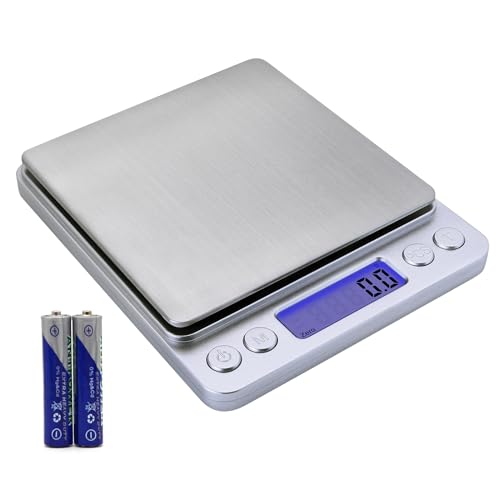Sure! Here it is -water as percent of oil 33%, super fat 5% Lye concentration 30.525%, water ; lye ratio 2.2759:1, water 26.40 ounces, lye, 11.60 ounces, oils 80 ounces, fragrance 5 ounces,. the oil breakdown is coconut oil 76, 25 ounces, cocoa butter, 10 ounces,
hemp oil, 10 ounces, olive oil, 15 ounces, palm oil 20 ounces, 22.67 g citric acid in lye water, 14.15 g extra lye to offset citric acid eatup. I used brambleberry FO. As for my scale, I use a very accurate scale which I test with a 100 gram weight. hope this helps!













































